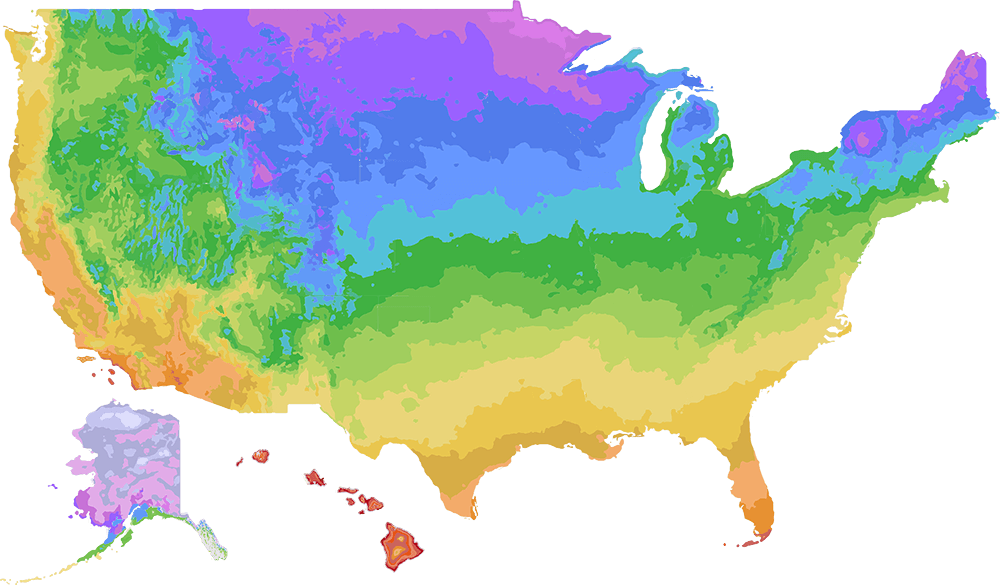Berry Scape® Aronia arbutifolia
- Part Sun to Sun
- Sun
- Spring
-
Details
48 - 60 Inches48 - 60 Inches48 - 60 Inches1.2m - 1.5m1.2m - 1.5m1.2m - 1.5mFeatures
As a species native to North America, Berry Scape aronia thrives in a range of challenging conditions. Tolerating heat, drought, and poor soil. Its first display is a cloud of nicely spaced white flowers in springtime, looking loose and carefree in the garden. Those flowers turn into super showy clusters of berries, which ripen from yellow to orange to vibrant red. The color progression is fun to watch, and provides a feast for birds which is another show altogether! Foliage also turns a brilliant red in fall, turning it into a well-rounded showpiece for native gardens and formal spaces alike.
Top three reasons to grow Berry Scape aronia:
- Tough performance
- Bright berries
- Native to North America
Produces BerriesFall InterestHeat TolerantDrought TolerantSalt TolerantAttracts:BeesButterfliesNative to North AmericaCharacteristics
Plant Type:ShrubShrub Type:DeciduousHeight Category:MediumGarden Height:48 - 60 Inches 1.2m - 1.5mSpacing:48 - 60 Inches 1.2m - 1.5mSpread:48 - 60 Inches 1.2m - 1.5mFlower Colors:WhiteFlower Shade:WhiteFoliage Colors:GreenFoliage Shade:GreenHabit:MoundedContainer Role:FillerPlant Needs
Light Requirement:Part Sun to SunLight Requirement:SunThe optimum amount of sun or shade each plant needs to thrive: Full Sun (6+ hours), Part Sun (4-6 hours), Full Shade (up to 4 hours).
Maintenance Category:EasyBlooms On:Old WoodBloom Time:Mid SpringHardiness Zones:4a, 4b, 5a, 5b, 6a, 6b, 7a, 7b, 8a, 8b, 9aWater Category:AverageSoil Fertility Requirement:Average SoilSoil PH Category:Alkaline SoilSoil PH Category:Neutral SoilUses:Border PlantUses:ContainerUses:LandscapeUses:Mass PlantingUses Notes:Its versatile, mid-sized habit suits it perfectly as a hedge, foundation planting, or as a feature in bird and native gardens.
Maintenance Notes:Aronia is one of the toughest, most durable shrubs, and needs little care. If you wish to prune, the best time is immediately after it blooms. However, be aware that this will remove the potential for any fruit to form. Wondering about deer resistance? It varies. We have found that in areas with heavy deer or rabbit activity, they may eat the flower buds in early spring, when food supplies are scarce. However, they do not typically continue browsing aronia after that, so are unlikely to cause severe or disfiguring damage to the plant itself.
Fun Facts:Aronia's common name, chokeberry, comes from the extremely astringent taste of the fruit.
Berry Scape® Aronia arbutifolia 'UCONNAA001' USPP 36,882, Can PBRAF





